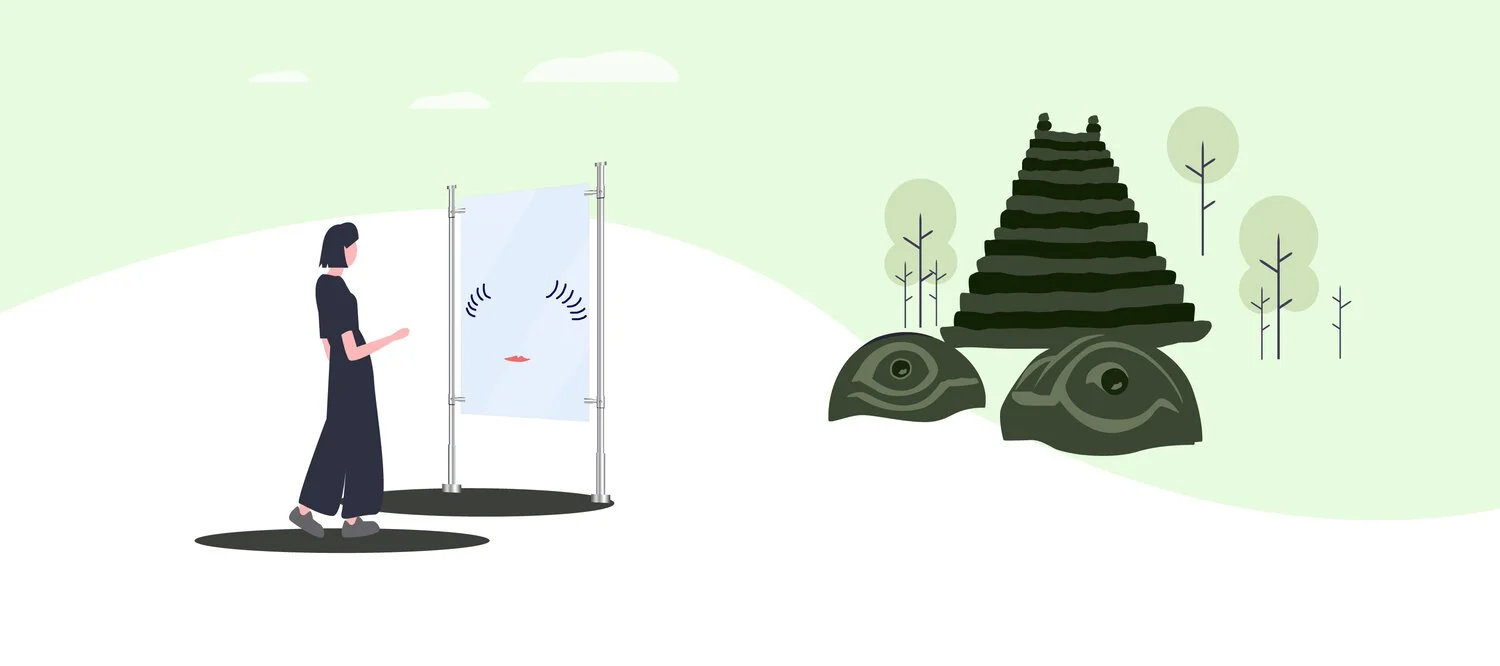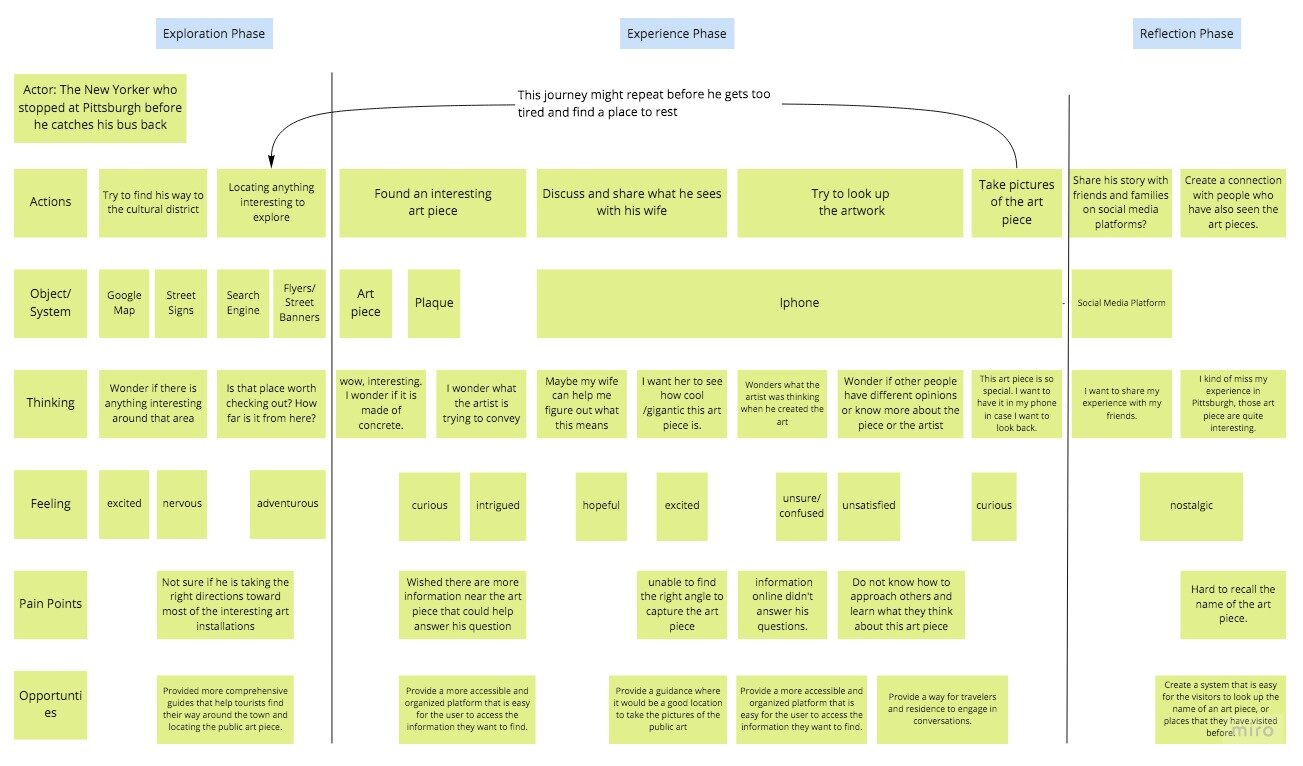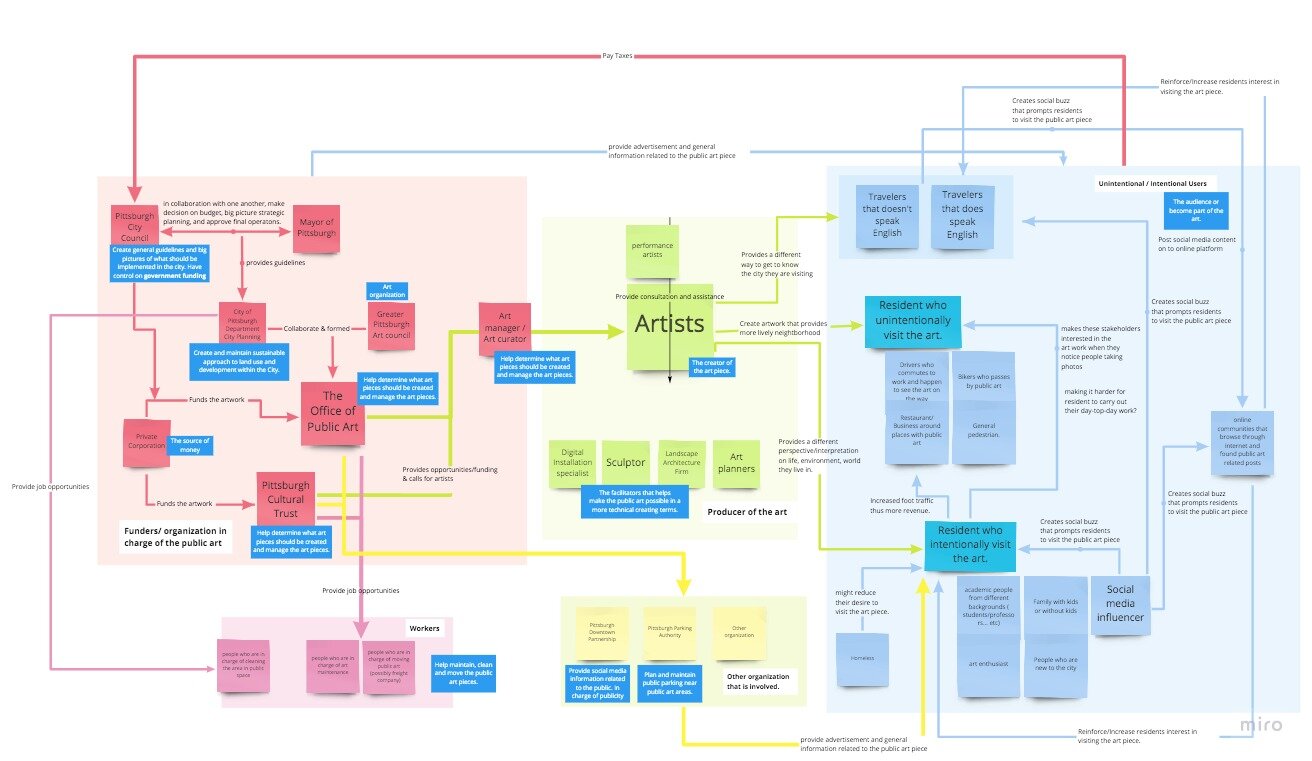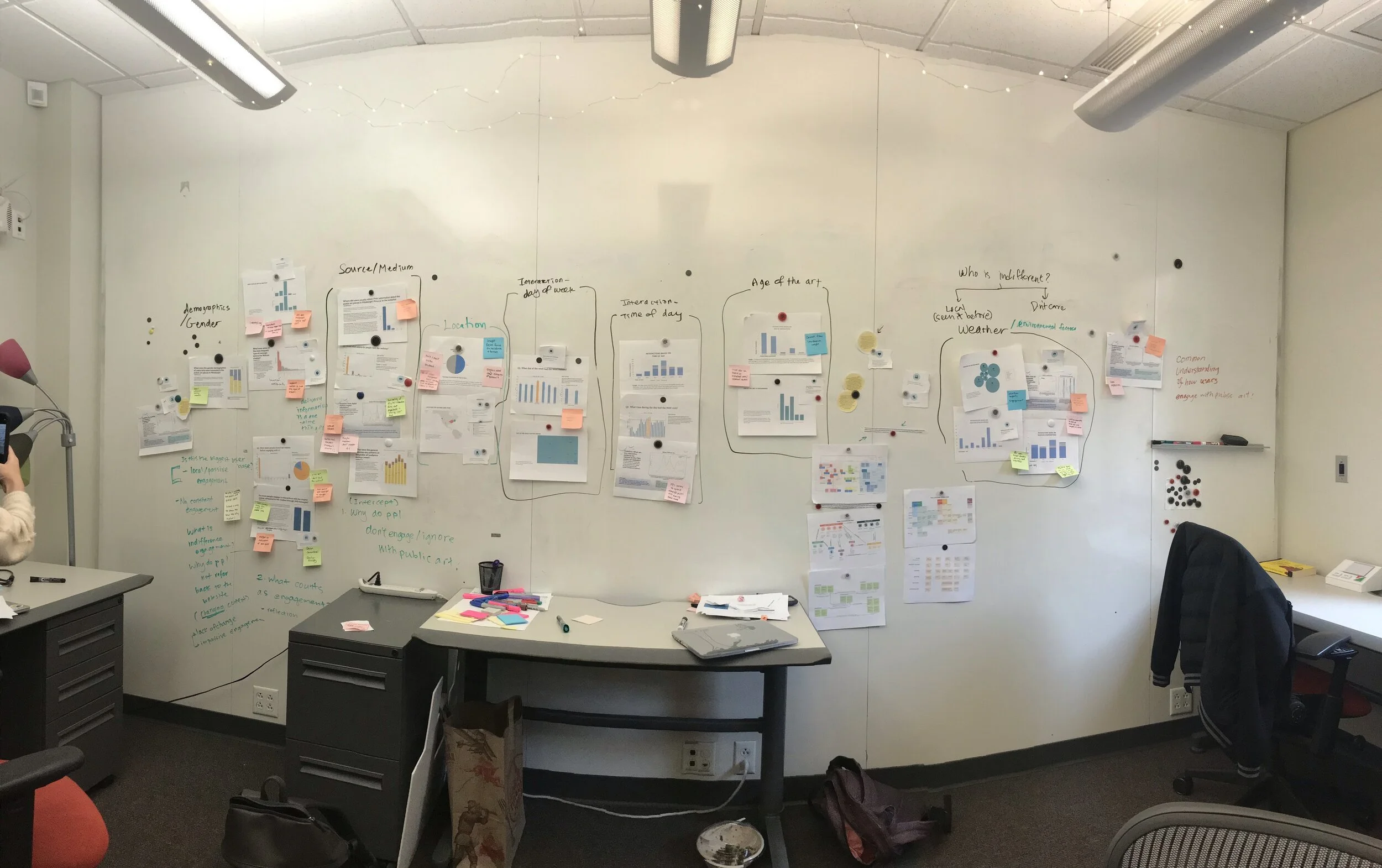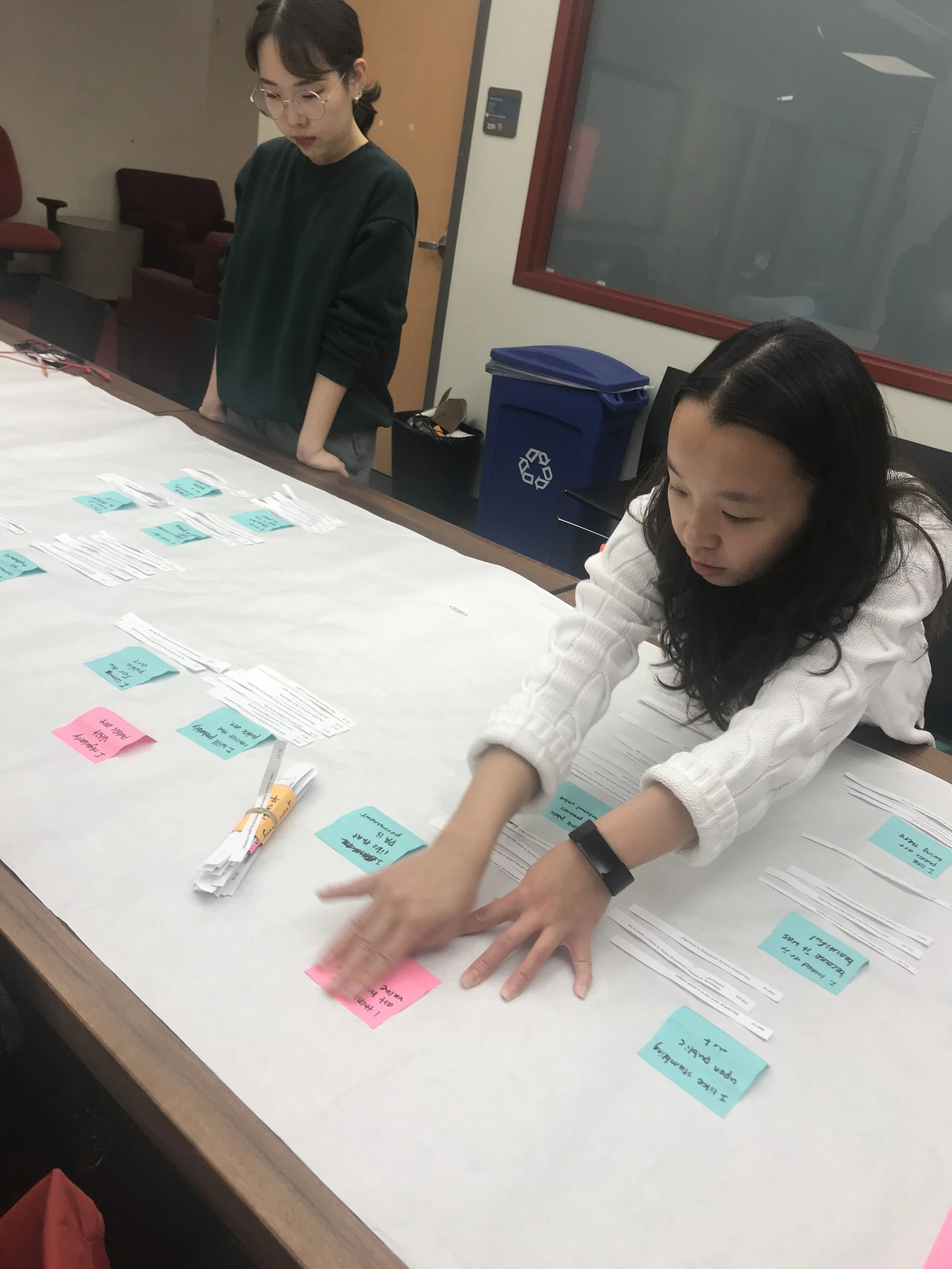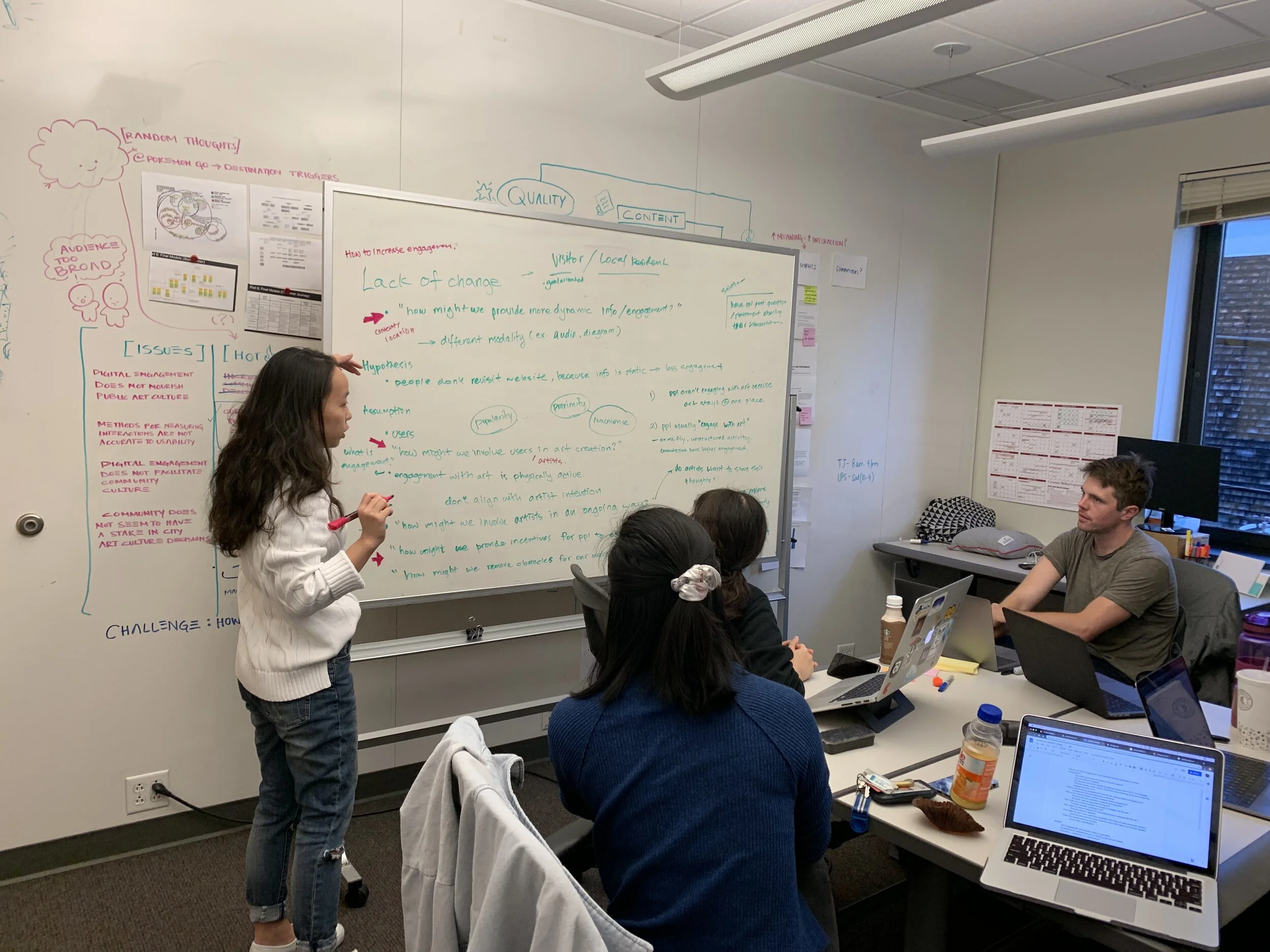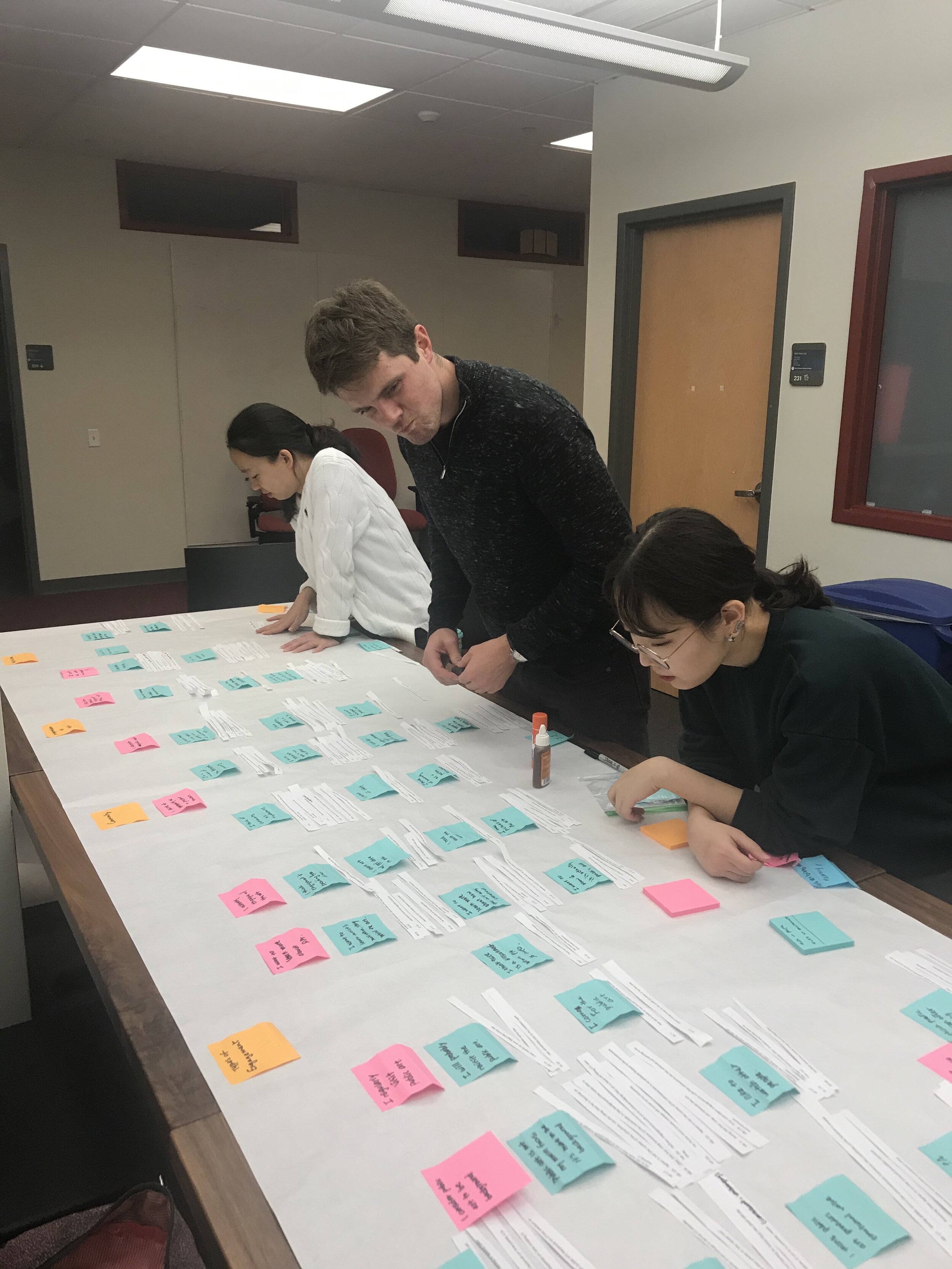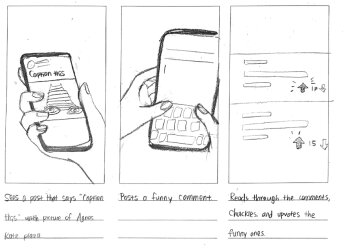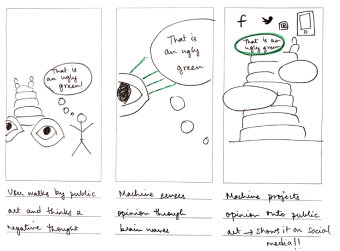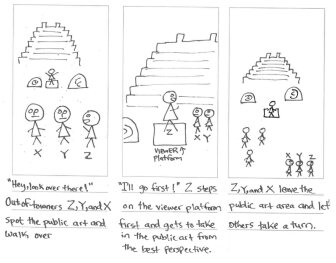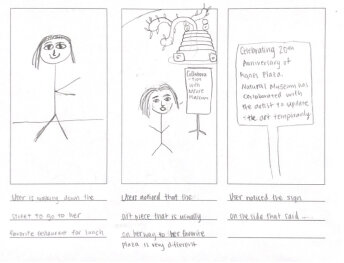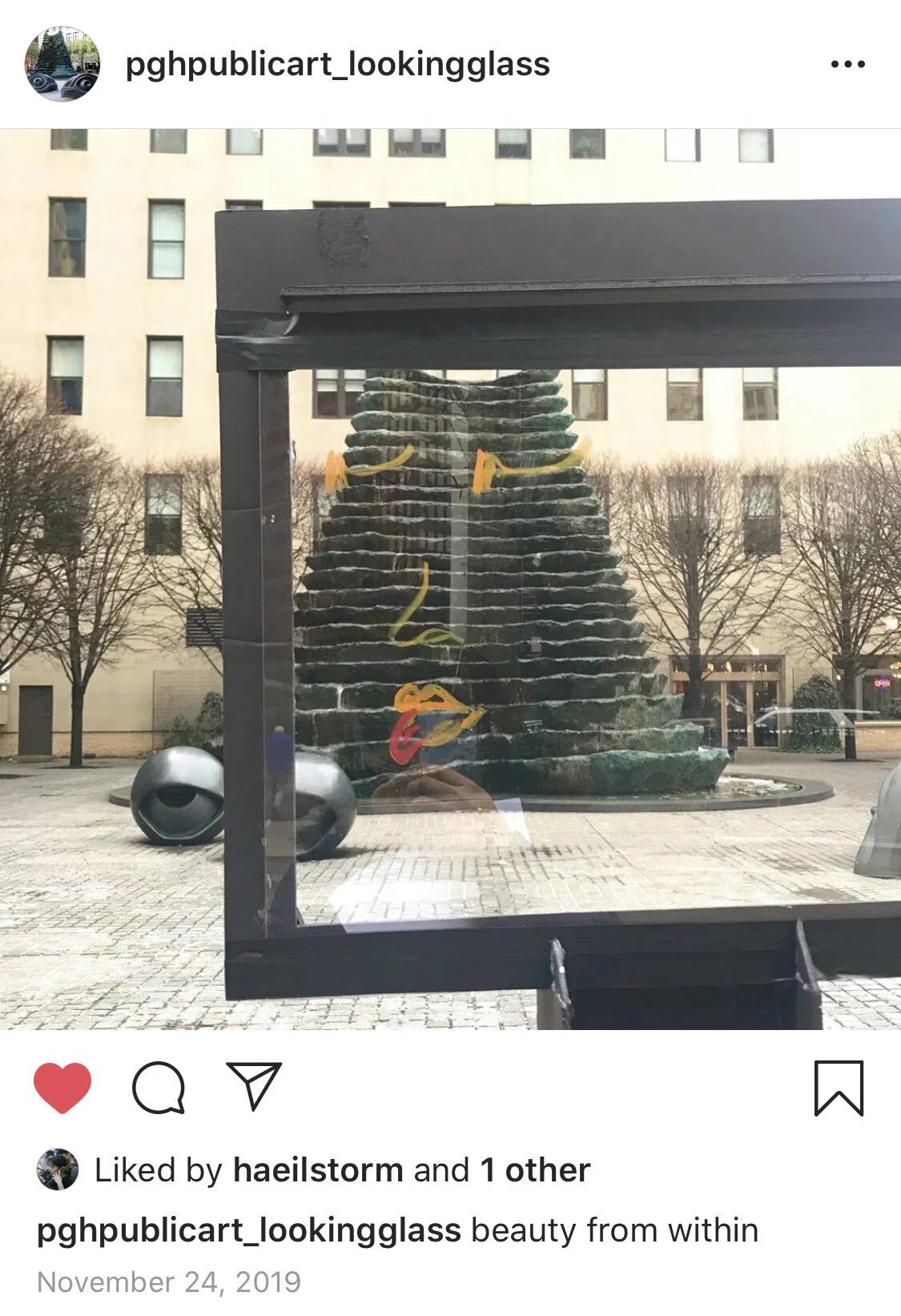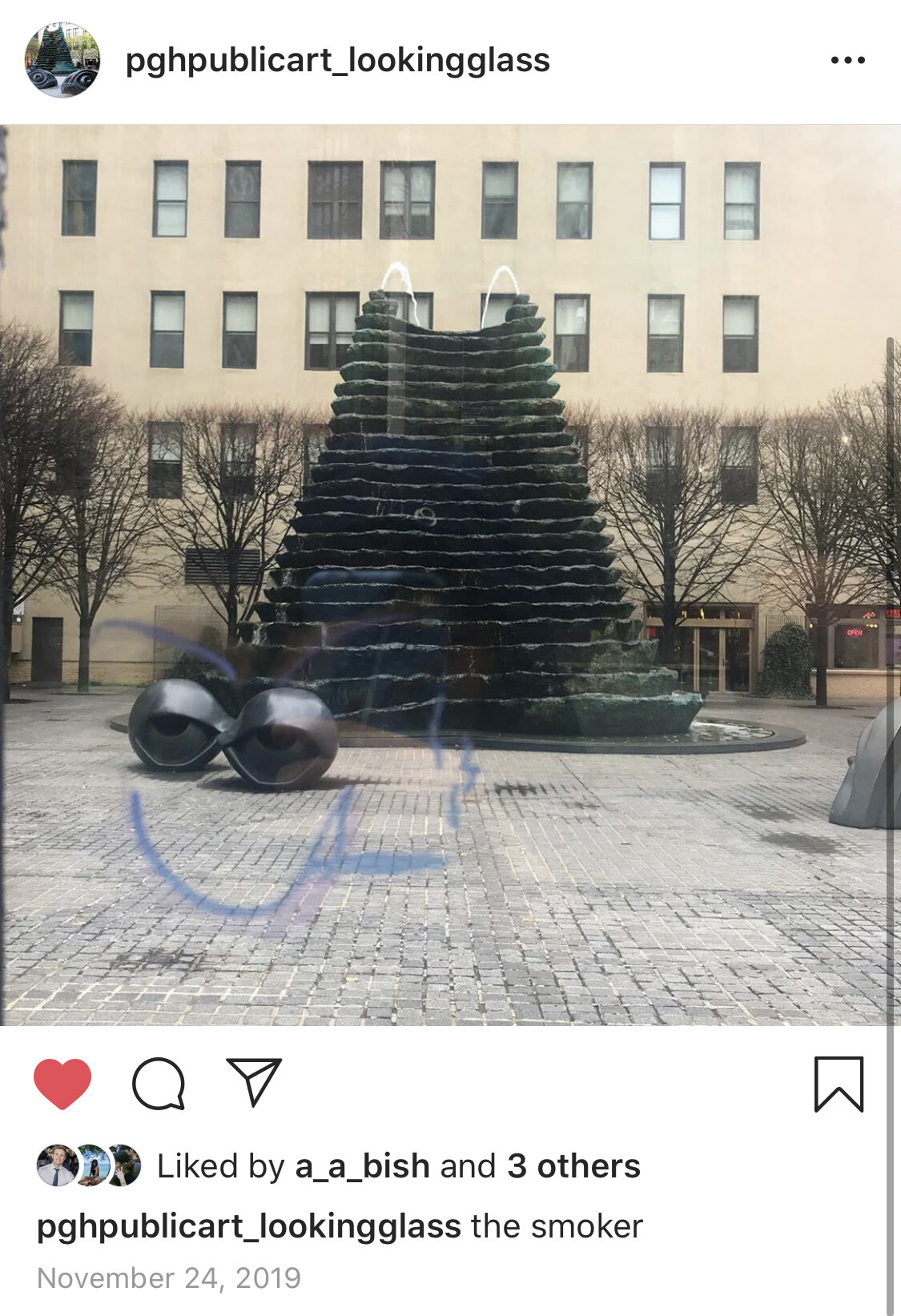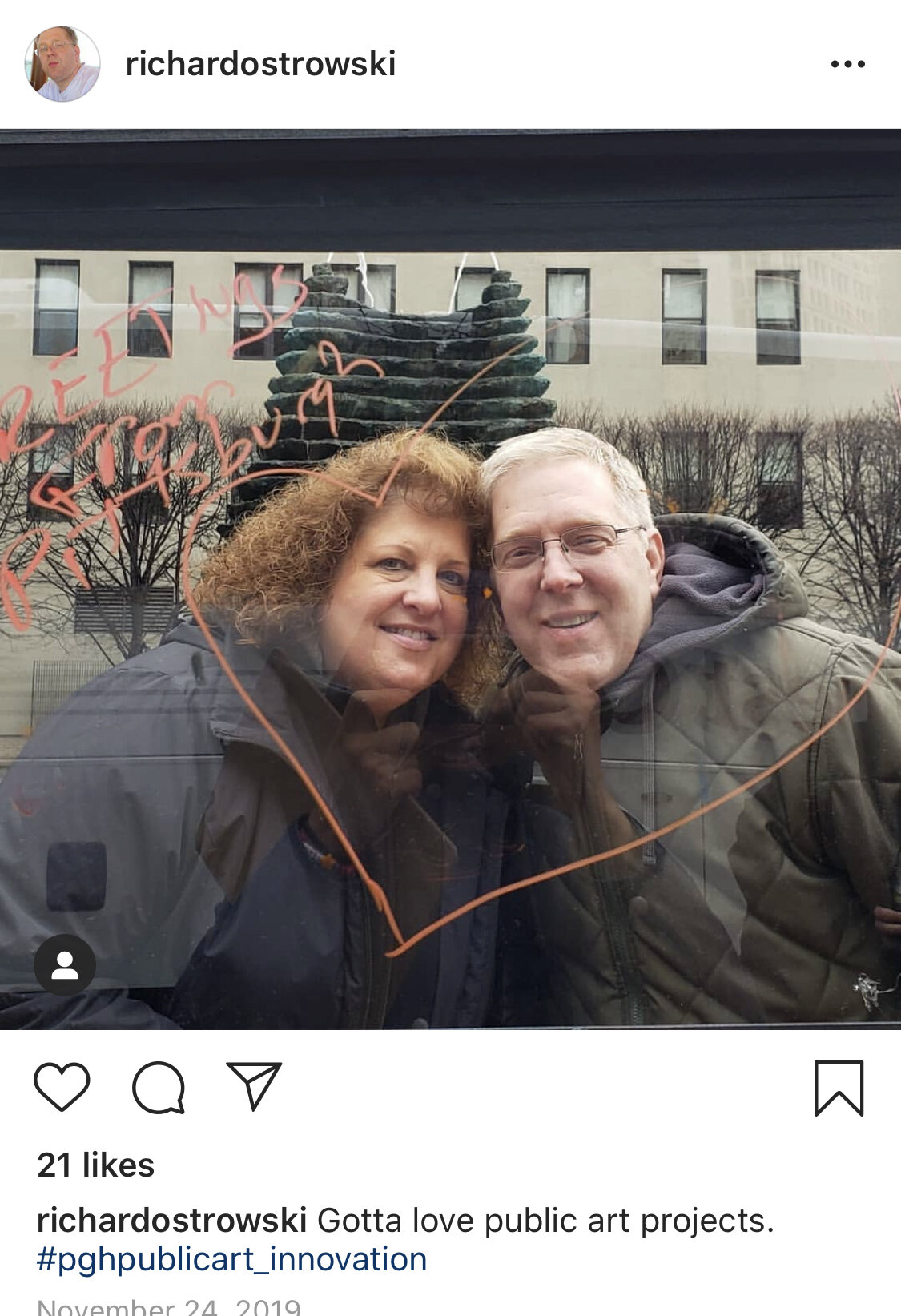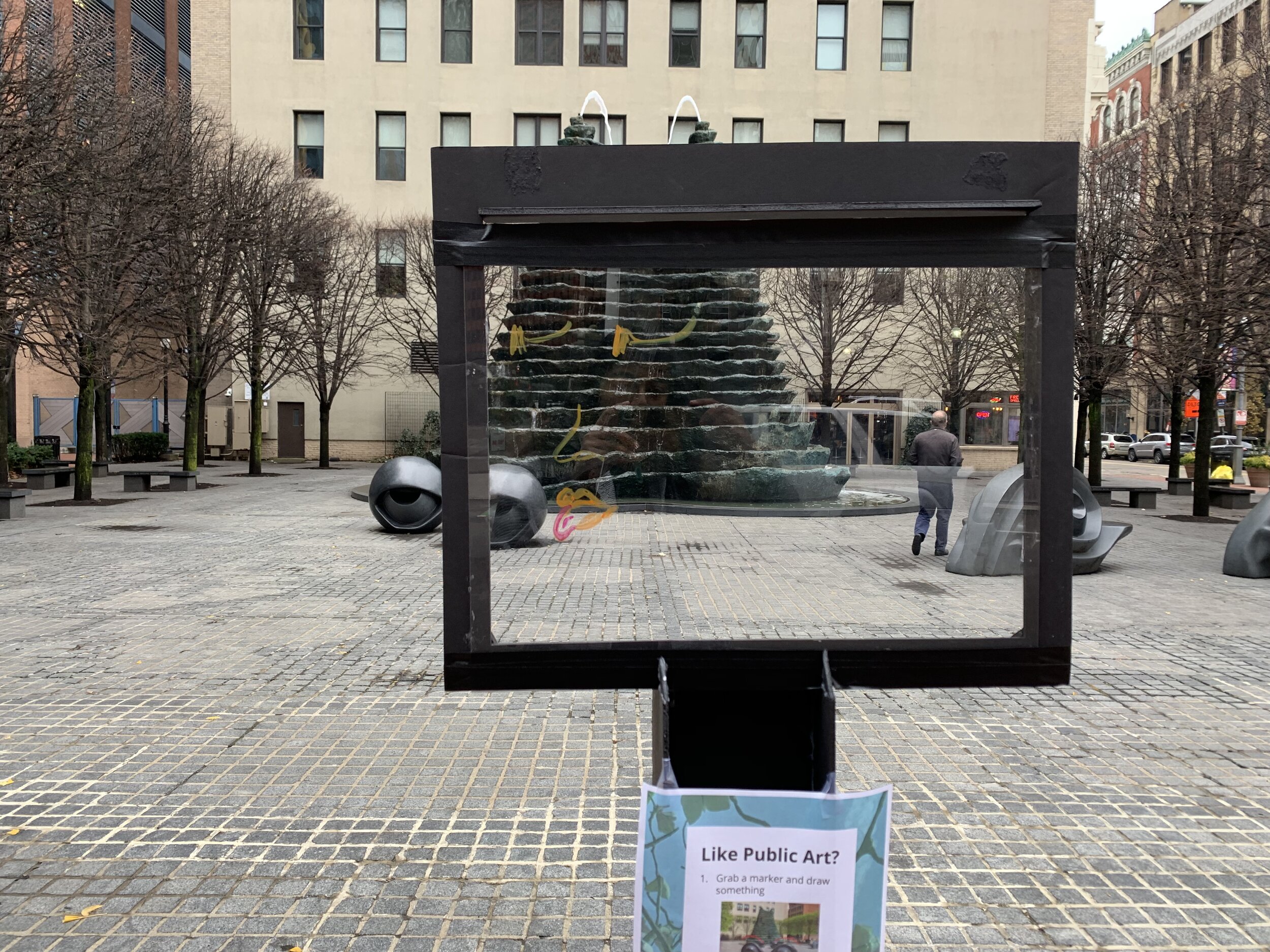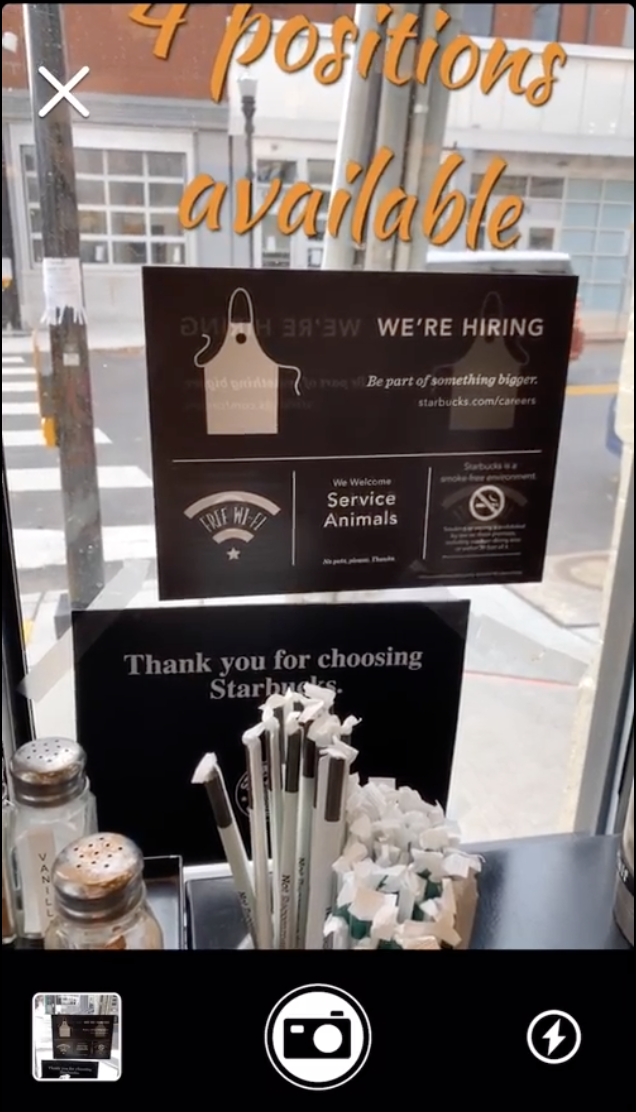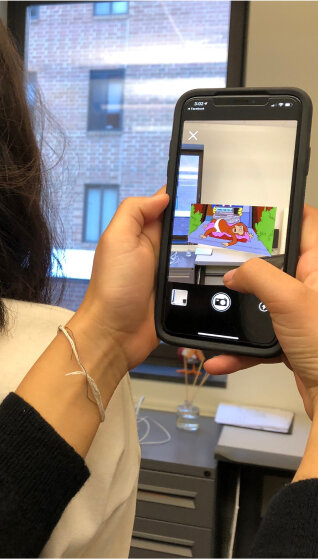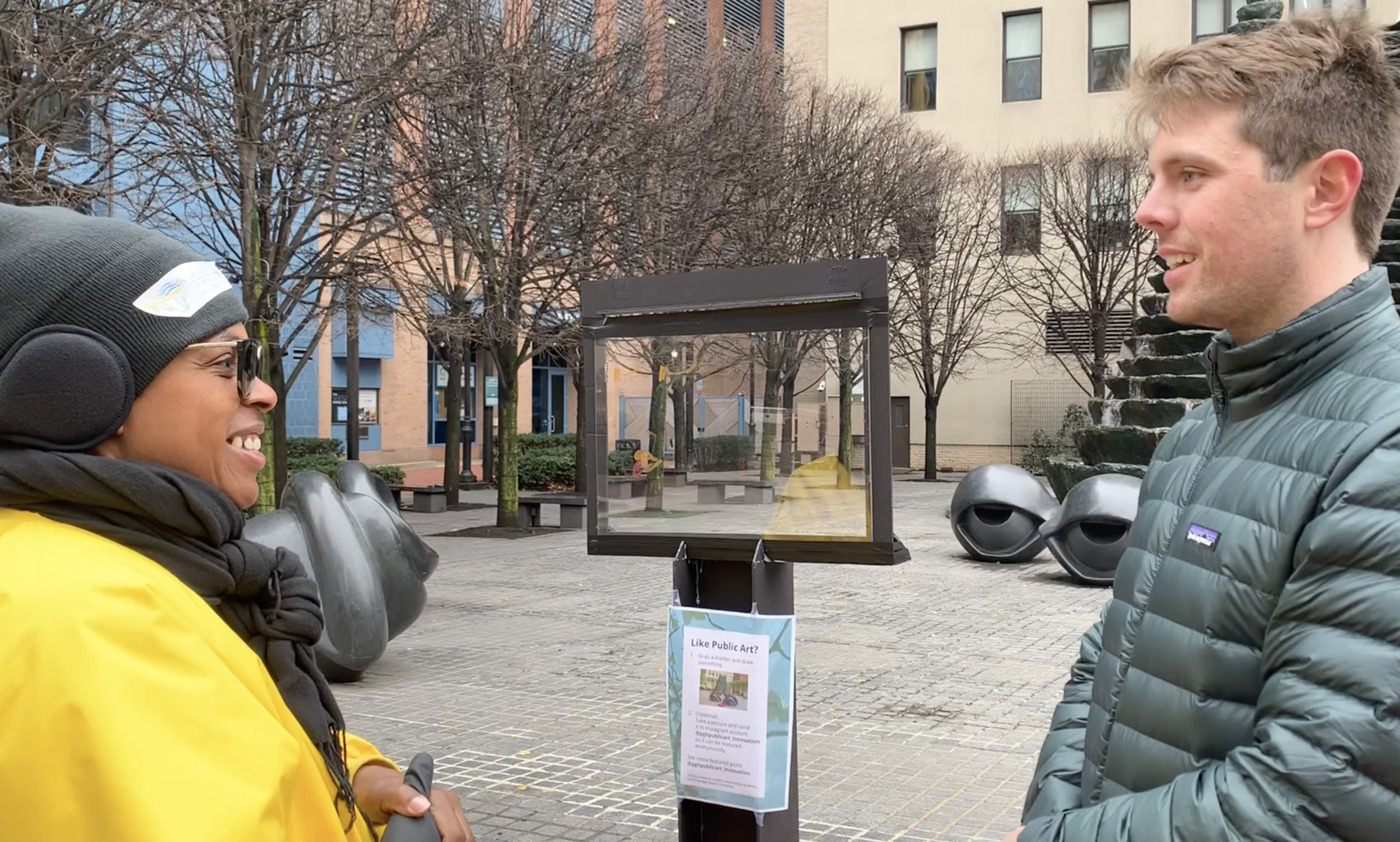The Looking Glass
Reframe Public Arts Experience to Increase Engagement
Overview
The City of Pittsburgh has a long-standing investment in public art, but has struggled to justify its cost to the public. As part of a UX research project at Carnegie Mellon University, my team partnered with Metro21—a smart cities initiative—to explore how public art contributes to urban livability and how technology might foster greater community engagement.
Our research revealed that dynamic interaction plays a critical role in strengthening civic engagement. This insight led us to create The Looking Glass—an interactive installation designed to help city residents engage with public art in more interactive and meaningful ways.
Role
UX Researcher
Project Manaager
Timeline
Sep. 2018 - Dec. 2018 (10 Weeks)
The Challenge
How might we help public art stay visible, relevant, and engaging to city residents over time?
As public art becomes a familiar part of the cityscape, residents often stop noticing it. This lack of ongoing engagement limits its potential to inspire, provoke thought, or foster community connection.
The Solution
The Looking Glass is an AR smartboard that empowers city residents to rediscover public art in new ways while fostering a stronger sense of community.
We found that residents are more motivated to engage when they can interact dynamically and share their experiences. So, we created a solution that transforms public art into a platform for self-expression and shared discovery.
The Process - Discover & Define
Starting with experiential and informational research
To build foundational knowledge, we each visited public art installations around Pittsburgh and conducted secondary research using social media, stakeholder websites, and other sources. Through this exploration, we uncovered several key insights:
There’s no clear guide to help residents understand how they can—or should—engage with public art.
Public art experiences often feel static, especially for locals who pass by them regularly.
People become more interested in public art when they see others engaging with it.
Conducting quantitative analysis on existing data
Our client, Metro21, had collected data from QR codes placed near downtown public art installations. These codes linked to a temporary website that tracked engagement metrics such as monthly traffic, chatbot interactions, and user geolocation.
Using Tableau to analyze the data, we noticed several patterns:
A digital presence alone wasn’t enough to sustain engagement. While some visitors interacted with the site, traffic quickly declined over time.
Visitors were curious about the meaning behind the artwork. Many chatbot queries reflected a desire to understand what the art represented and why it was created.
Tourists engaged more than local residents. Geolocation data suggested that tourists were more likely to scan the QR codes and explore the digital content.
Uncovering motivation and barriers through field research
To better understand the current experience, we conducted intercept interviews and on-site observations at Agnes Plaza. Our goal was to learn when and why people chose to engage—or not engage—with public art.
We then synthesized our insights through an affinity diagramming session and found:
People don’t feel motivated to revisit public art because they assume the experience will be the same.
Residents are more likely to share their experience when they feel a connection to the artwork or the environment around it.
People want to understand the meaning behind the art and the thought process that went into its creation.
Framing the Design Challenge
Based on our research synthesis, we identified a core opportunity: to transform public art from something static into a shared, evolving experience.
We translated this into our guiding design question:
How might we reimagine public art as a dynamic, shared experience—one that invites self-expression, sparks curiosity, and fosters community connection?
The Process - Develop & Deliver
Exploring AR as a new medium for engagement
To explore how technology might support this shift, we ran a think-aloud session using WallaMe, an AR app that allows users to leave and discover digital messages in physical spaces.
Our goal was to gauge people’s familiarity with AR and their openness to using it as a form of creative expression.
Key findings:
Most people didn’t understand what they could do with AR.
Users needed clearer guidance to navigate and contribute meaningfully.
These learnings clarified the barriers we needed to address.
Quotes
“ I wanted to make contribution to this type of public art projects but I have never seen it before!”
“ I feel like collaborative art is endearing, especially when the community comes together.”
“I would feel comfortable to share if I know if it is done anonymously"
Validating ideas through speed-dating and storyboarding
Next, we tested several interaction concepts using speed-dating and low-fidelity storyboards with local residents.
People resonated most with ideas that centered around:
Sharing their thoughts and reactions
Contributing anonymously
Seeing a collective story unfold
Capturing reactions through experiential prototyping
To bring our concept into the real world, we ran an experiential prototyping session to observe how people might interact with a creative public art installation.
We wanted to explore two key questions:
Would people be interested in engaging with public art in a fun and creative way?
Could public art spark conversations or a sense of connection among strangers?
Despite cold and wet weather, residents showed strong enthusiasm and engagement. Many used the installation as a photo backdrop and even tagged us on Instagram, turning the experience into a social moment.
More importantly, several residents told us they had always wanted to contribute to public art but never had the opportunity. This response validated our hypothesis that people crave creative outlets for self-expression, especially when it’s made accessible and visible in public space.
The Solution
The Looking Glass is an interactive installation that reimagines how residents engage with public art using augmented reality.
Inspired by our research, it offers a playful and participatory experience rooted in self-expression and community connection.
At its core, The Looking Glass is a transparent smart board installed near a public art piece. It acts as a fixed AR interface, allowing viewers to:
Draw or annotate directly over the art
Leave reflections or comments
View contributions from others
Capture and share their own augmented version of the art
The Looking Glass gives Pittsburgh residents a way to contribute to public art and continually see it in new ways.
For the city, it also provides passive data on engagement frequency and community interest—insights that can inform future investments in public art.
The Impact
Our client was thrilled with the outcome. During our experiential prototype, we saw several positive responses from local residents. Many interacted with the installation, shared feedback, and expressed interest in contributing.
This strong engagement validated our core hypothesis:
People want to feel invited into the creative process, not just observe it.

